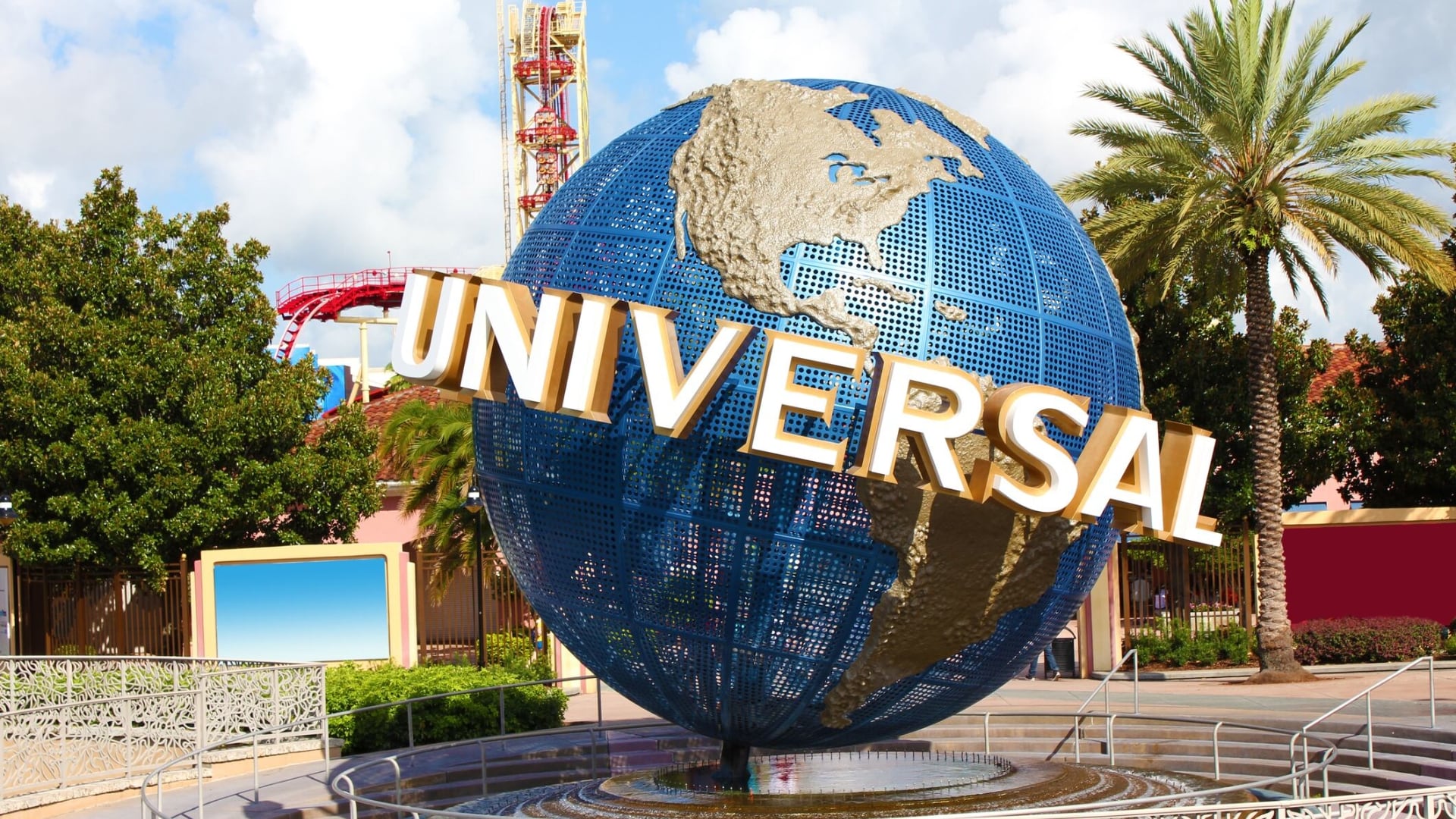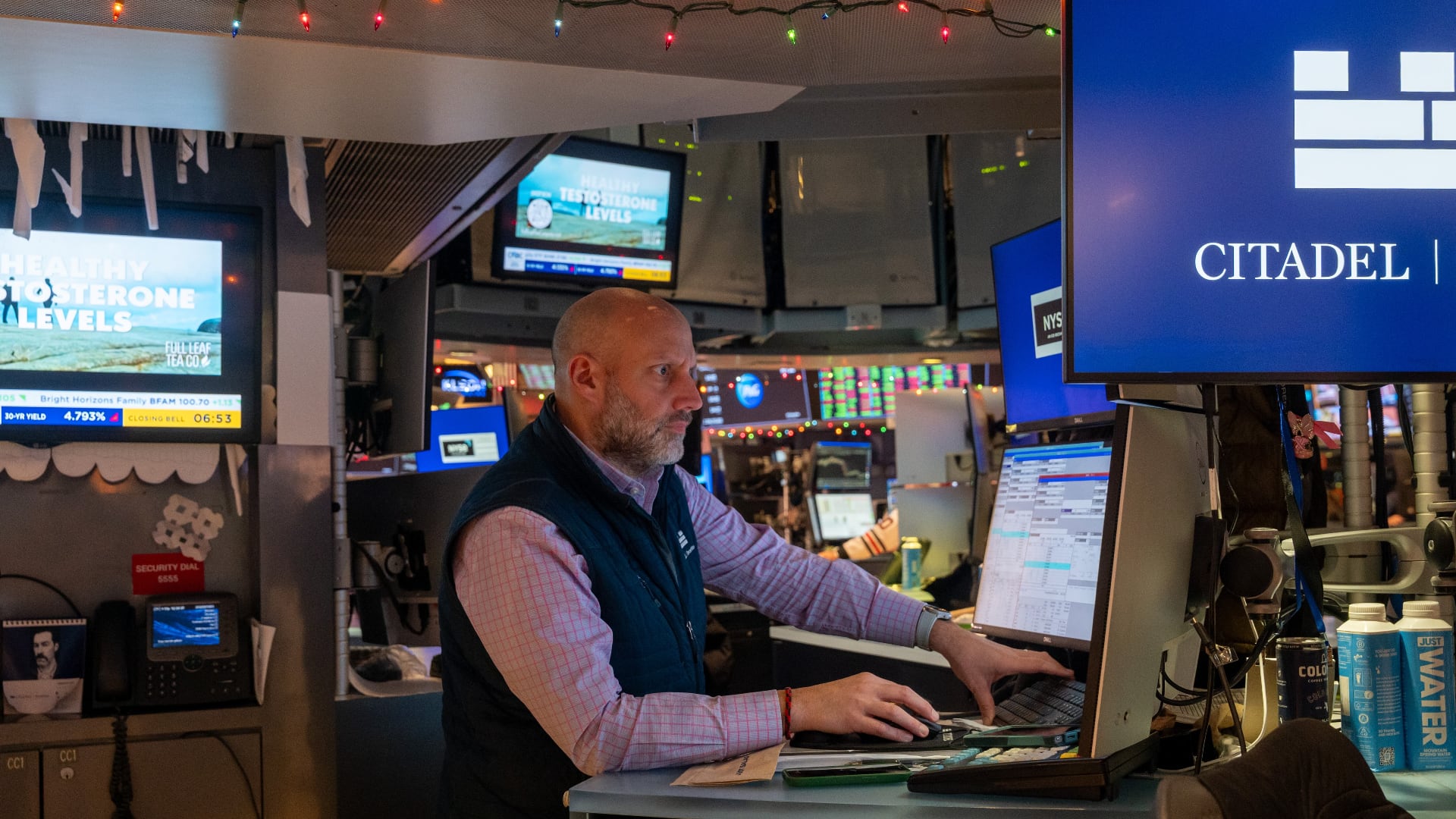Phase two of reopening in the Garden State kicked off last week and restaurants in Hoboken were quick to take full advantage.
Outside at upscale Italian eatery Anthony David's, customers can dine on a semi-permanent "parklet," a wooden structure that stretches across several roadside parking spaces. Patrons of Leo's Grandevous, an 81-year-old Italian restaurant with a Frank Sinatra theme, can sit in an Italian piazza-style sidewalk cafe across the street from the restaurant itself.
A walk through Hoboken would reveal more of these sidewalk cafes, parklets, and streateries -- which are kind of a hybrid of the two -- constructed on city sidewalks and in parking spaces. Businesses have been encouraged by the city to sponsor street closures, which can also be used as extra space to supplement operations. It's all part of the city's Business Recovery Plan, aiming to get small businesses like restaurants and retail shops back up on their feet more quickly.
The coronavirus pandemic has taken a significant toll on the restaurant industry. According to data from Rally for Restaurants, an initiative by POS company Toast, average daily revenue for restaurants were down about 40 percent year-over-year last week. In big metro areas, those numbers are even grimmer. Restaurant revenue for the past month was down about 84 percent on average in New York City, 68 percent in Chicago, and 70 percent in Seattle.
Hoboken restaurants have it even harder. On March 14, Hoboken became the first U.S. city to close down bars and restaurants to curb the spread of coronavirus. The move by Mayor Ravinder Bhalla has since been praised -- and many other cities quickly followed suit. But that doesn't make it any easier on restaurants that have been shuttered a full week longer than most.
"It's so heartbreaking … at some point you just can't go on anymore if you're not bringing money in," said City Council President Jen Giattino, who sponsored the recovery plan. "For the small business owner, your livelihood was taken away from you and you had no option, and trying to recover from that is going to be so difficult."
Of course the business recovery plan is not a cure-all. Grace Sciancalepore, the manager at Leo's Grandevous, said putting the sidewalk cafe together required an almost untenable investment at a time when there was very little revenue coming in.
"This is like opening a brand new restaurant," she said.
The capacity of the sidewalk cafe is only half that of the interior of the restaurant. Plus, the challenges of maintaining the space -- including putting it together and breaking it down at the beginning and end of every day -- mean the set up is likely short-lived.
"There's too many variables. The weather, maintaining the space, storage of all these tables and chairs," Sciancalepore said. "We are very happy with our little piece of heaven on Second and Grand St. right here, and we are looking forward to, again, welcoming everybody back."
Anthony David's owner Anthony Pino admitted the parklet he built outside of his restaurant was costly. Unlike Sciancalepore, however, he views the set up as a longer-term investment that he hopes to use to boost sales even after interior seating is permitted again.
"This isn't going away. I think this could be a turning point for the foundation of restaurants, not just in Hoboken. This could be something that bleeds through communities all up and down the coast," Pino said. "The cost of doing it over the long run will [provide] a great opportunity."
Despite the challenges and costs of upkeep, reopening comes as a welcome relief to restaurants after three full months of shutdown -- during which they only had takeout and delivery to sustain them.



